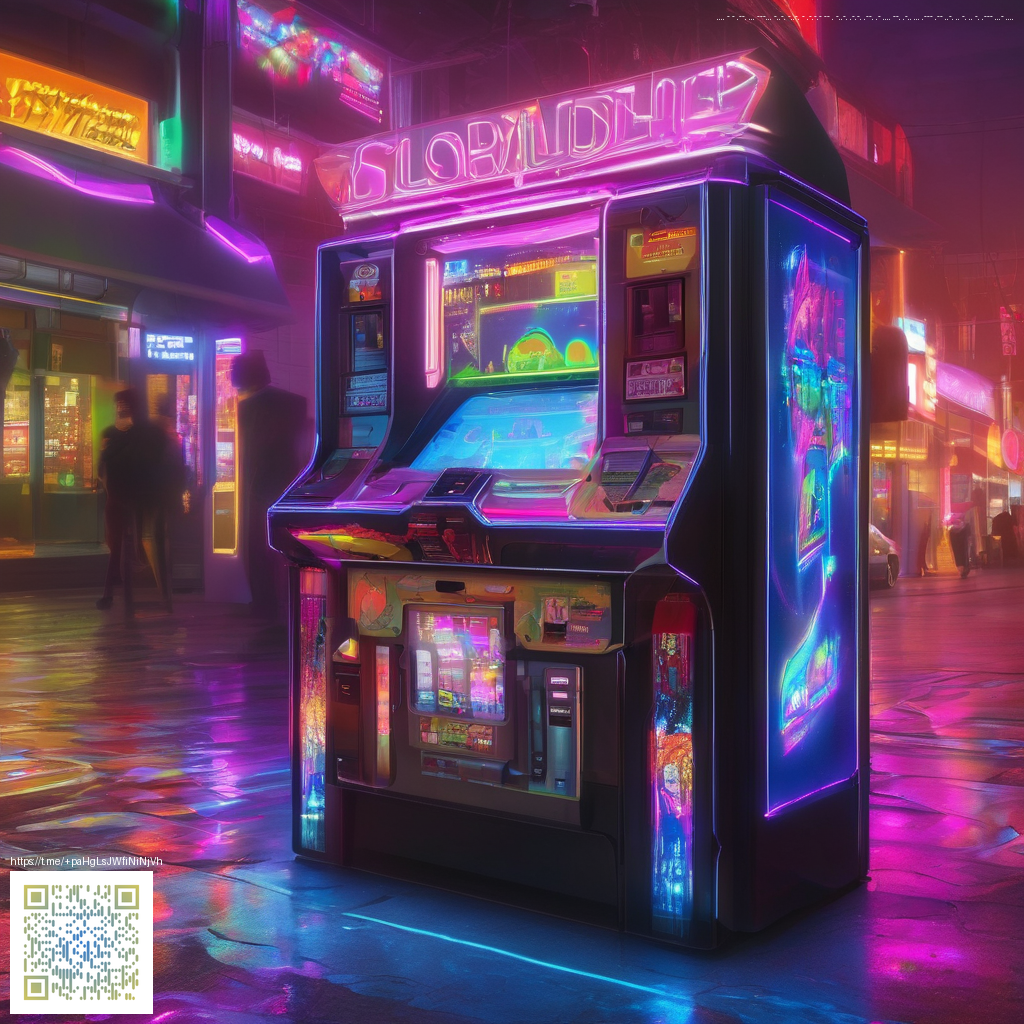
Hardware Hustle and Tactical Precision A Deep Dive into PC Performance
Spec Ops The Line arrived in a era when PC performance benchmarks were as much about patience as precision. Built on Unreal Engine 3, the title blends cinematic storytelling with tight marksmanship, and its PC port has become a favorite topic for players chasing smooth frame pacing across a wide range of hardware. This piece rolls up years of community testing, developer notes, and modding wisdom into a practical guide for enthusiasts who want to squeeze every drop of juice from their rigs while preserving the game's distinctive mood.
What makes this game compelling from a benchmarking standpoint is not just the raw FPS figure but how well it maintains stability and visual fidelity during high-stress moments. The engine favors solid GPU headroom, yet it still reveals CPU and memory quirks that show up on older multi-core setups. Our exploration highlights how players balanced image quality with fluidity, and how thoughtful tweaks can dramatically improve the feel without sacrificing the game’s signature atmosphere 💠
Engine Realities and What They Mean for Benchmarks
Unreal Engine 3 powers this campaign of dust, fire, and stark moral choices. The PC port includes options that were progressive for its time, yet by modern standards it reveals the era’s constraints. Expect a straightforward pipeline that scales well with GPUs but can become CPU-bound in densely populated scenes or during cinematic cutscenes. This means that even on capable graphics cards, achieving perfectly steady frame times can hinge on sensible CPU threading and careful texture management.
Texture streaming, shadow cascades, and post process effects influence both image quality and frame cadence. Players who disable a few high-cost effects often enjoy a noticeable uplift in smoothness, especially when paired with resolution scaling and a balanced anti-aliasing approach. The practical takeaway is simple: prioritize consistent frame pacing over chasing the highest single FPS number. A steady 60 frames per second at 1080p often feels notably more responsive than a variable 75 that spikes and dips across scenes.
Benchmarking in Practice A Roadmap for Modern Setups
Across a broad spectrum of hardware configurations, the most telling stat is not the peak FPS but how consistently the game holds frame delivery during action, chaos, and crowd scenes. For players targeting 1080p, a balanced setup typically involves a mid to high tier GPU of its era paired with a capable CPU and sufficient RAM to avoid texture streaming stutters. On contemporary PCs, enabling adaptive resolution techniques and judicious shadow and texture settings can yield the cleanest experience without erasing the game’s tactile weight.
For those who enjoy experimenting, FOV adjustments and motion blur toggles are small changes with outsized impact. A common tweak is to reduce motion blur and exposure artifacts while maintaining a cohesive cinematic look. Community-driven config edits have long helped bridge the gap between vintage engine design and modern display tech, enabling widescreen compatibility and more stable frame delivery on modern monitors. The result is a more consistent, immersive tempo that lets the tactical pacing shine through without excessive technical distraction.
Modding Culture How Players Extend Lifespans
The PC community around this title demonstrates how modding culture keeps late era engines relevant. Widescreen fixes, UI scaling options, and helper patches that address aspect ratios have become staples. Beyond aesthetics, players share practical tweaks that refine performance: texture pack picks that balance detail with memory use, and edits to reduce CPU overhead in crowded scenes. These community-driven improvements mirror the broader ethos of PC gaming where dedicated players progressively optimize a beloved title rather than abandon it to age gracefully.
Developer commentary often underscores that older engines can still shine when paired with thoughtful platform constraints. The balance lies in preserving the original artistic intent while embracing the refinements that modern hardware and drivers enable. This tension between preservation and upgrade is at the heart of every enduring PC benchmark journey.
Update Coverage and What It Keeps Teaching Us
Over the years, patches and driver updates have shaped how this game performs across generations of hardware. Early PC releases faced stability challenges that sparked community-led fixes, while later updates tended to tighten compatibility and reduce random hitching. The broader takeaway for fans and testers is that performance is not a fixed value; it evolves with driver optimizations, operating system updates, and user-side tweaks. Watching the patch trail and community guides gives a clear view of how developers and players collaborate to keep an older title feeling contemporary on capable rigs.
Practical Guidance for Today’s Rigs
If you’re revisiting the game with a modern PC, start with a clean baseline at 1080p and then experiment with texture quality, shadow distance, and post processing. A modest reduction in shadow quality and a careful anti-aliasing choice can unlock a dramatic improvement in frame smoothness without stripping away the game’s mood. For players using high refresh monitors, focus on frame pacing first. When you notice occasional micro-stutters, turn down a few high-cost settings rather than dialing up the resolution beyond your GPU’s comfortable limit.
And a reminder from the community: mods and tweaks are a feature not a workaround. They reflect a culture that values creator-led experimentation, shared knowledge, and a willingness to push an older game toward a modern experience. If you’re curious to explore, you’ll find a friendly ecosystem of guides and patches curated by fellow players who relish optimizing every last frame.
Interested in supporting the broader ecosystem that keeps projects like this alive for long-time fans and first-timers alike? Consider a donation to support decentralized collaboration and the growing openness of game preservation and accessibility 💧
Support Decentralized Gaming Community